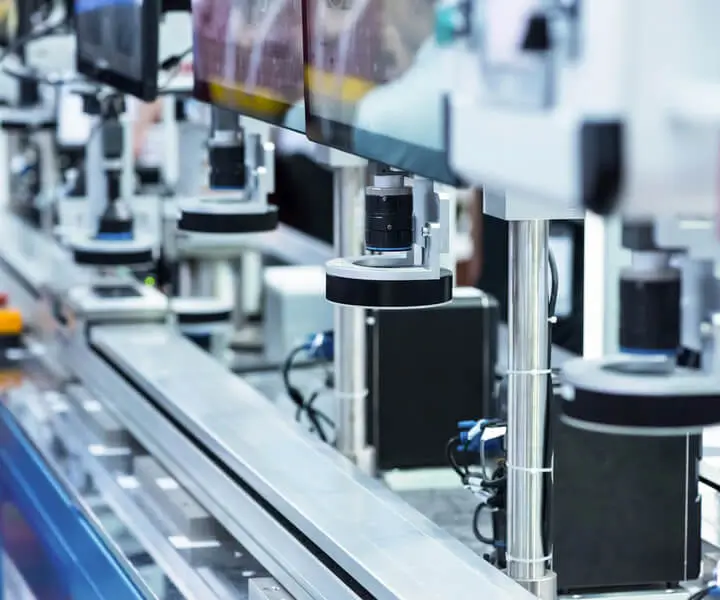In the intricate dance of automation and robotics, servo motors often take center stage. They’re the unsung heroes powering precise movement, whether in industrial robots, camera autofocus systems, or precision CNC machines. But one question that often puzzles engineers and hobbyists alike is: what exactly defines a servo motor's voltage range, and why is it so crucial to their performance?

Imagine a servo motor as a highly skilled acrobat on a tightrope. The voltage you supply acts as the tension on the wire—too little, and the performer can’t reach full height; too much, and the wire might snap or cause the performer to wobble uncontrollably. The voltage range isn’t just a technical detail; it’s a fundamental factor that influences a servo motor's operation in multiple dimensions—speed, torque, efficiency, and lifespan.
The Basics of Servo Motor Voltage Range
Every servo motor is designed with a specific voltage range in mind. It usually has a rated or nominal voltage—say 6V, 12V, or 24V—that represents the ideal operating voltage for optimal performance. Beyond this, the motor can typically handle a range of voltages, such as 4.8V to 6V, or 10V to 15V, depending on its design.
The voltage range essentially defines the bounds within which the motor can operate safely and efficiently. Operating within this range ensures that the motor’s internal components, including its brushes, magnets, and windings, are subjected to conditions for which they were engineered. Operating outside this range, either below or above, can have detrimental effects, although some motors are more forgiving than others.
Why does the voltage range matter?
Understanding and respecting a servo motor’s voltage range isn’t just academic caution—it directly impacts real-world performance:
Speed and Torque: Voltage is directly related to the motor’s ability to generate torque and operate at certain speeds. Applying higher voltage generally increases torque and speed, assuming the motor can handle it safely.
Efficiency: Operating within the recommended voltage range ensures that the motor operates efficiently, yielding maximum output for minimum energy input. Going outside this range can lead to increased heat generation, energy waste, and potential damage.
Lifespan and Durability: Consistently operating a servo motor above its voltage limit can accelerate wear and tear on components, resulting in shorter service life. Conversely, insufficient voltage might cause the motor to stall or operate improperly, leading to mechanical stress.
Understanding the Voltage-Torque-Speed Relationship
For a typical DC servo motor, the relationship between voltage, torque, and speed follows a predictable pattern:
At low voltages: The motor produces less torque and spins slower. This can be suitable for delicate tasks but isn’t ideal for demanding loads.
At rated voltage: The motor offers a balanced output—adequate torque and speed for most applications.
At higher voltages: Torque and speed increase, but only up to the motor’s design limits. Exceeding these limits risks overheating and damage.
This relationship underscores why choosing the right voltage not only ensures optimal operation but also safeguards the internal integrity of the motor.
The significance of voltage regulation
Servo systems often incorporate voltage regulation circuits. This regulation ensures that the motor receives a stable voltage supply, despite fluctuations in power sources or load conditions. Stability in voltage translates to consistent performance, smoother movements, and longer lifespan.
This is especially important in complex control systems where precision and repeatability are necessary. Variations or spikes in voltage can cause jitteriness, inaccuracies, or even system failure.
Factors influencing the choice of voltage range
Choosing the appropriate voltage range for your servo motor project involves considering several elements:
Application requirements: Heavy-duty industrial machinery may demand higher voltage motors for greater torque, while small robotic arms might use lower voltage variants.
Power supply compatibility: Ensure your power source can reliably deliver the voltage within the motor's specified range.
Size and design constraints: Higher voltage motors tend to be larger and may require better heat management solutions.
Future scalability: If your application might evolve to require more power or precision, selecting a motor with a wider voltage range can offer flexibility.
Would you like to continue with the second part, diving deeper into practical considerations, safety tips, and how to optimize servo motor performance within voltage ranges?
Established in 2005, Kpower has been dedicated to a professional compact motion unit manufacturer, headquartered in Dongguan, Guangdong Province, China.




































